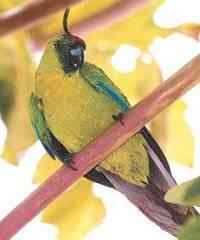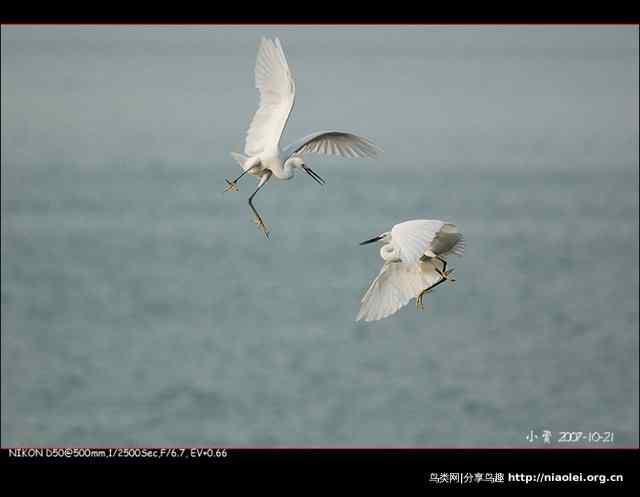勺嘴鹬面临灭绝03-01-2007http://www.birdlife.org/news/news/2007/01/sbs_workshop.html勺嘴鹬面临灭绝
“Today we believe there are fewer than 400 breeding pairs of Spoon-billed Sandpipers left, and we urgently need to find out why they are disappearing” said Mike Crosby of BirdLife International.
Experts from ten Asian countries along the Spoon-billed Sandpiper’s flyways recently met in Samut Sakhon, Thailand, to figure out what needs to be done to save the species. They drew up an International Species Action Plan, under the auspices of the Convention on Migratory Species (CMS).
Threats to the Spoon-billed Sandpiper on its breeding areas include predation, human disturbance and the drying out of tundra habitat due to climate change.
The Inner Gulf of Thailand between Samut Sakhon and Phetchaburi is one of only three known regular wintering sites for the species worldwide.
In Thailand, Spoon-billed Sandpipers feed on salt pans, and a continuation of this and other sustainable uses by local people in the coastal zone may be important in maintaining the species’s habitat. Before and after the workshop, a survey team led by the Japan Wetlands Action Network (JAWAN), Tokyo, was joined by local birdwatchers from the Khok Kham Conservation Club and BCST to survey sites in the Inner Gulf for Spoon-billed Sandpipers and found a total of 11 birds at four locations, one of them a previously unknown site for the species. BCST is currently developing a conservation project for the Inner Gulf and an Action Plan will be finalised and published in summer 2007.
The Action Plan workshop was hosted by the Department of Marine and Coastal Resources, Ministry of Environment and Natural Resources, on the initiative of BirdLife International, BCST and ArcCona Consulting, and was financially supported by the Manfred Hermsen Foundation, Bremen, and the RSPB (BirdLife in the UK). Survey work in the Inner Gulf of Thailand was supported by the Keidanren Nature Conservation Fund, Tokyo.
他们拿那些皮毛来制作标本呢~ 最近在美国的一家博物馆新增了两只勺咀鹬的标本, 但因为现在勺咀鹬并非列入《濒危物种国际贸易公约》(CITES) 中, 所以这间博物馆的买卖行为是没有违法的…
2006年12月在泰国的会议
我都有參加架(廣東話!!)













发表评论:
◎欢迎参与讨论,请在这里发表您的提问或看法,交流您的观点。